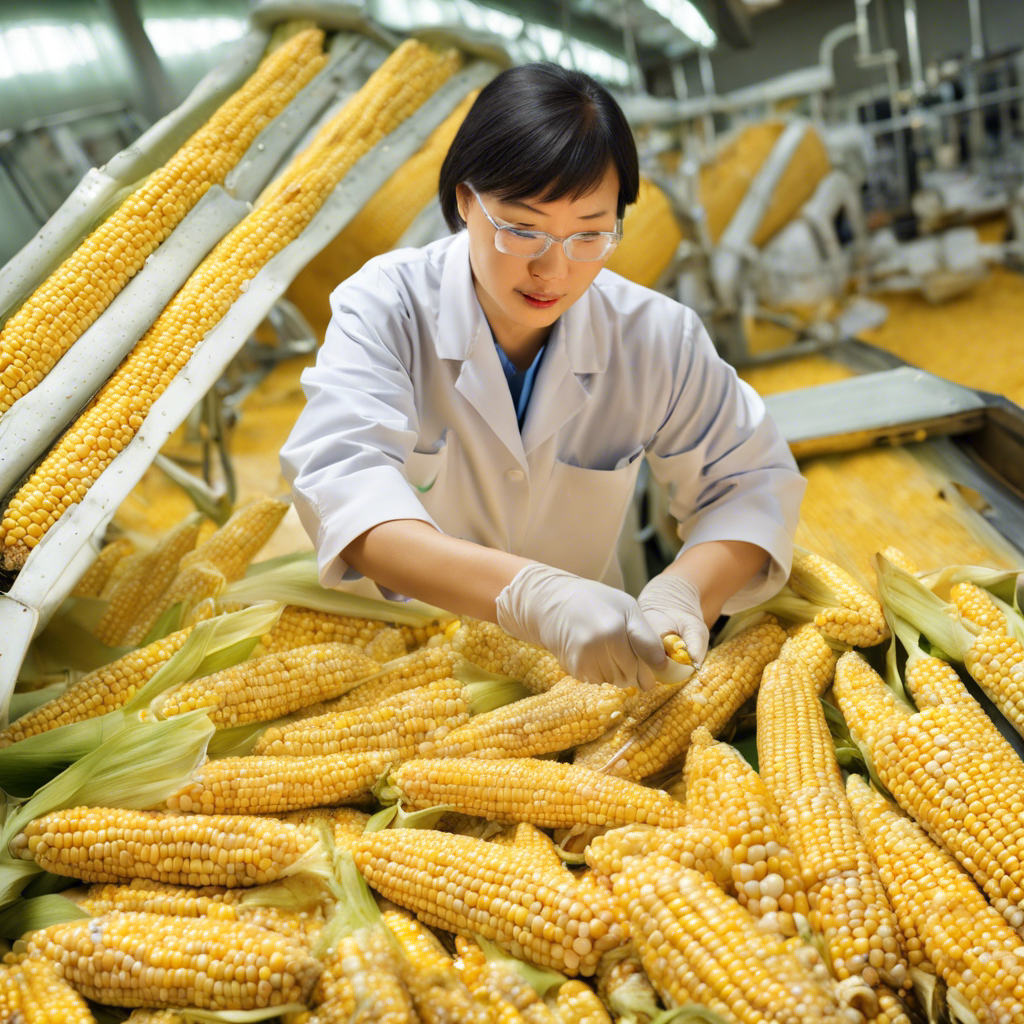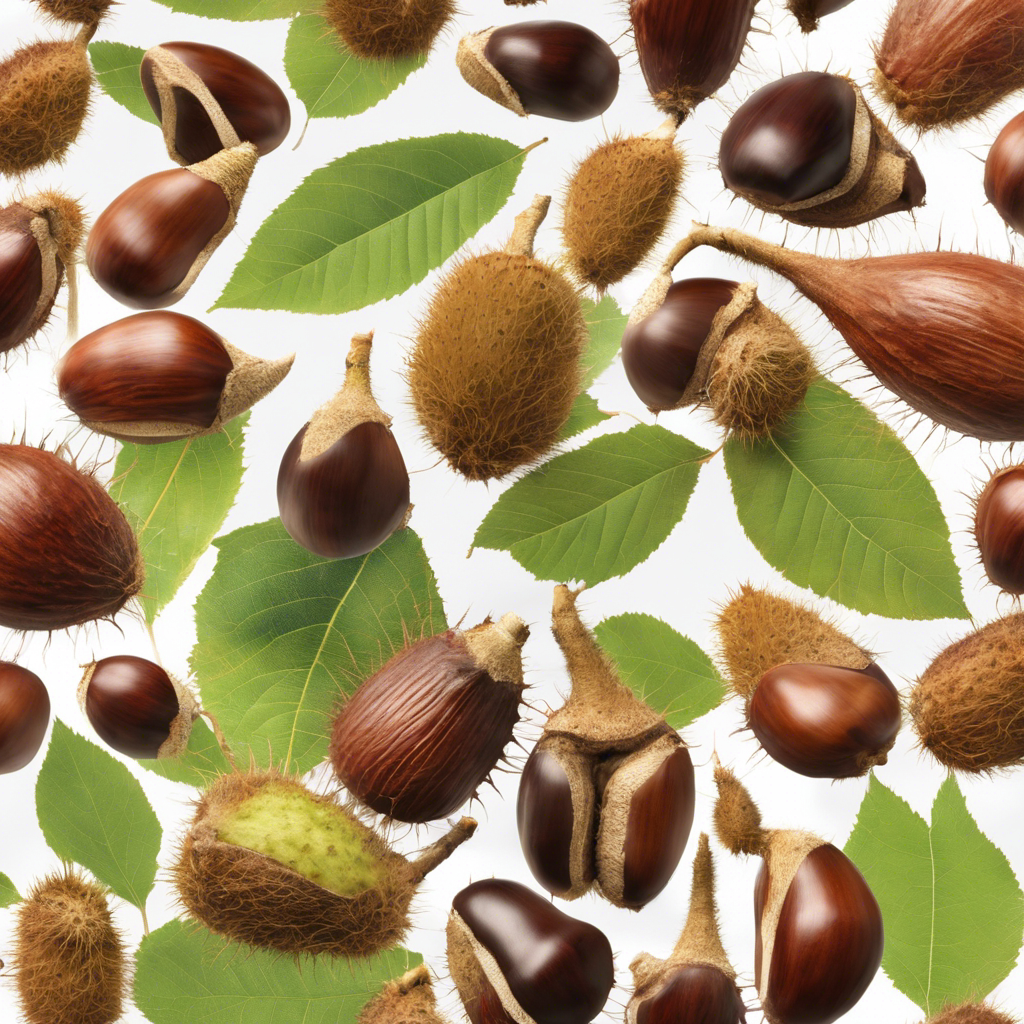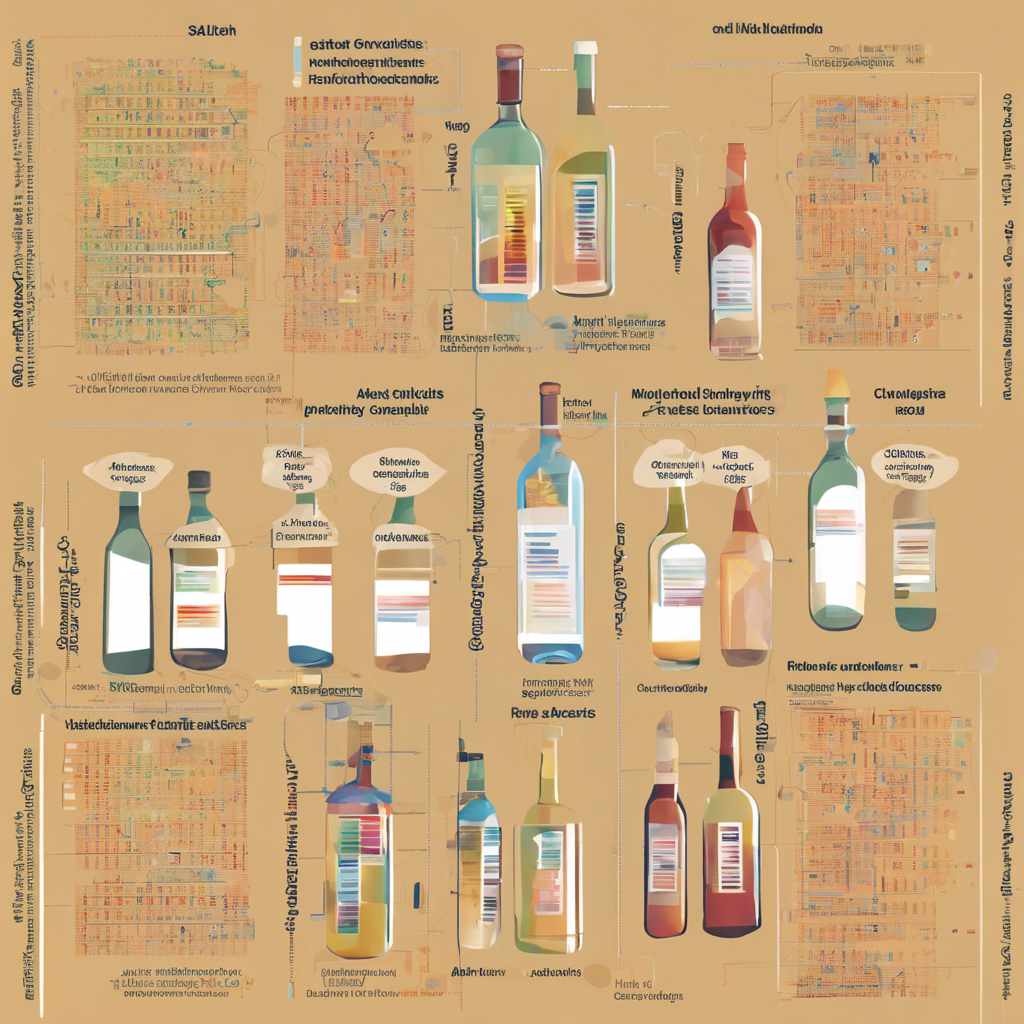Breakthrough in corn cultivation offers hope for addressing global iron deficiencies
Chinese scientists have made a significant breakthrough in addressing iron deficiencies worldwide with the development of a gene-based method to boost the iron content of corn. The research, conducted by the Institute of Crop Sciences at the Chinese Academy of Agricultural Science and Henan Agricultural University, has the potential to revolutionize future harvests by increasing the iron content of corn kernels to more than double that of existing varieties. Iron deficiency is a prevalent cause of anaemia, affecting a significant portion of the global population, particularly children and expectant mothers. This new method offers a cost-effective and sustainable solution to improve iron nutrition on a wide scale.
The Importance of Iron and the Prevalence of Iron Deficiency
Iron is an essential mineral that plays a crucial role in development, cell growth, and energy metabolism. However, iron deficiency is a common global health issue, leading to anaemia and a range of health complications. According to the World Health Organization, approximately 40% of children aged between six months and five years are anaemic, as are more than one-third of expectant mothers and 30% of females aged between 15 and 49 years. This highlights the urgent need for effective strategies to combat iron deficiencies.
Industrial Fortification and the Role of Staple Foods
To address iron deficiencies, the World Health Organization recommends industrial fortification of staple foods with iron. This approach has been successfully implemented in several countries in the Americas and Africa, where corn is a significant part of the diet. Corn, the third most consumed staple food globally, has the potential to play a crucial role in improving iron nutrition on a large scale.
The Gene-Based Method to Increase Iron Content in Corn
The Chinese research team identified a gene responsible for regulating iron concentrations in corn kernels. By increasing the expression levels of this gene, they were able to raise the iron content in the corn. This breakthrough allows for the loading of iron into corn kernels without compromising yield, addressing a long-standing challenge in crop breeding. Lead author Li Wenxue, head of corn molecular breeding research at the Institute of Crop Sciences, emphasized the significance of this development in improving iron nutritional status.
The Potential Impact on Developing Countries
The cost of iron supplements can be prohibitive, particularly in developing countries where iron deficiencies are most prevalent. By boosting the iron content of daily crops like corn, this gene-based method offers a low-cost solution to improve iron nutrition on a wide scale. Corn is a staple food in many developing countries, making it an ideal candidate for fortification efforts. The potential impact of this breakthrough on the overall health and well-being of populations in these countries cannot be overstated.
The Global Significance of Corn Consumption
Corn consumption is widespread, with people in 161 countries including it in their diets. However, its consumption is particularly prevalent in low and lower-middle income countries, especially in Africa. Studies have shown that people in nine countries in eastern and southern Africa consume more than 50kg (110lbs) of corn each year, along with seven other countries in South America. This highlights the importance of corn as a staple food and the potential reach of iron-fortified corn in addressing iron deficiencies globally.
Conclusion:
The gene-based method developed by Chinese scientists to increase the iron content of corn holds immense promise for tackling iron deficiencies on a global scale. Iron deficiency, a prevalent health issue affecting millions of people, can lead to severe health complications. By fortifying corn, a widely consumed staple food, with iron, this breakthrough offers a cost-effective and sustainable solution for improving iron nutrition. The potential impact on developing countries, where corn is a dietary staple, is particularly significant. With further research and implementation, this breakthrough could pave the way for a healthier and more nourished future for populations worldwide.











